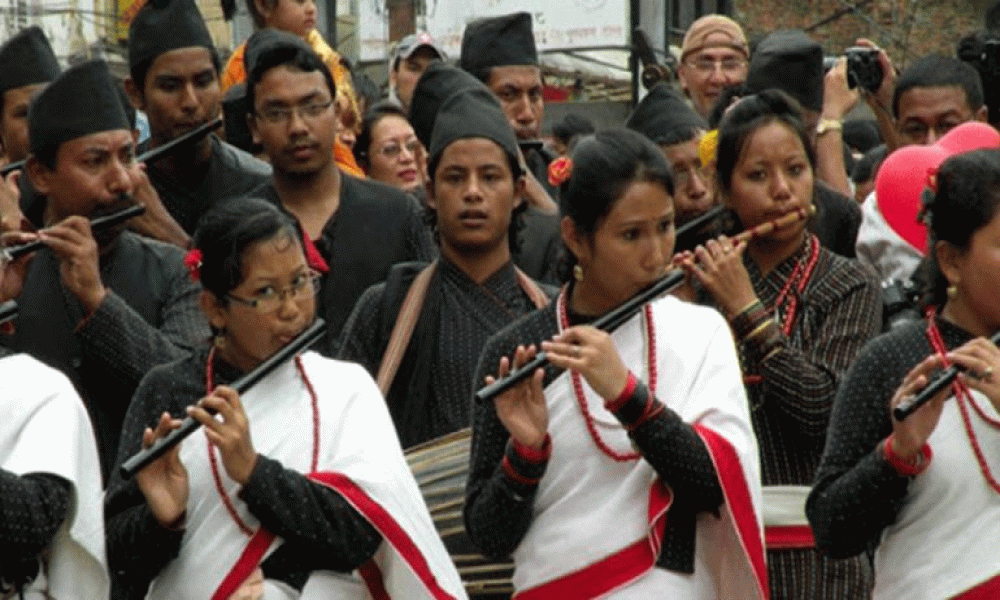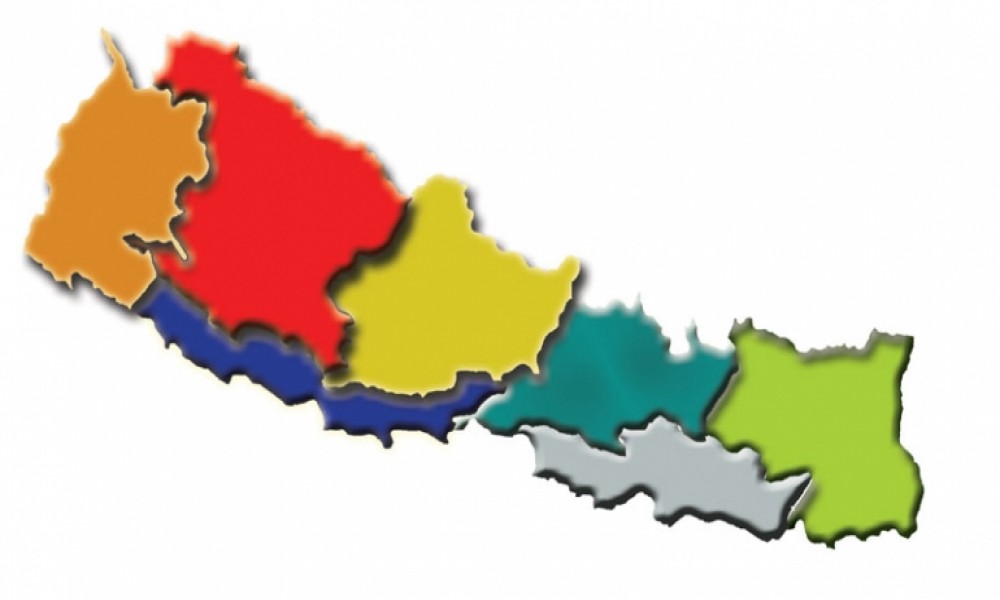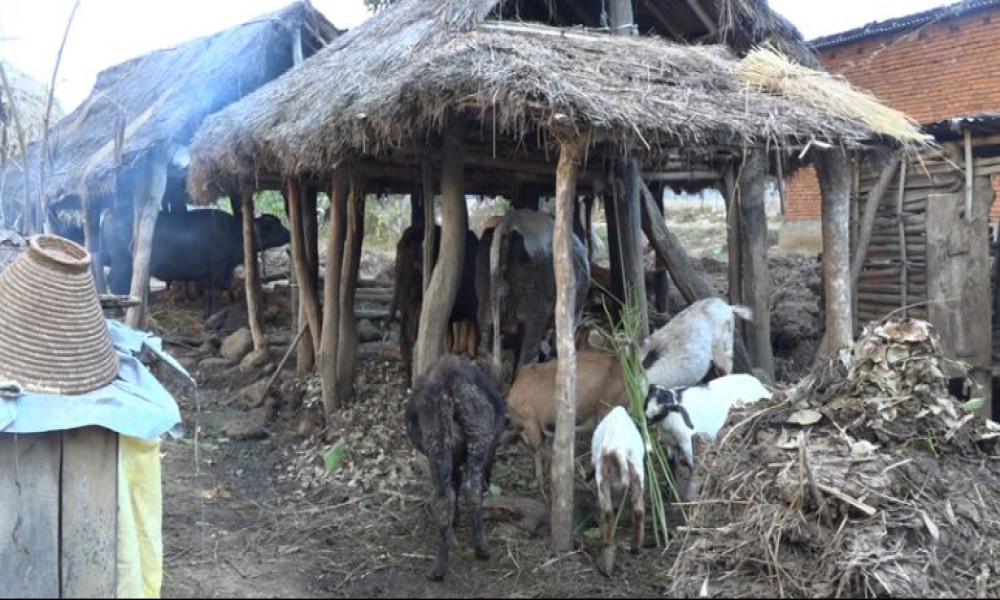Padam Shrestha
Jyapus, a Newar sub-caste group, are reputed as hard-working people. Their very name means they are a community of skilled manpower. In their language, Jya means work and Pu means skill. In short, they are skilled workers. They have been tilling the earth in the Kathmandu Valley for centuries. And they consider themselves as the proud sons of soil of this ancient valley.
Jyapus are a distinct indigenous community. They have their own traditional music, musical instruments, attire and food – which they are immensely proud of.Despite their rich tradition, Jyapus have never reached the top tier of the Nepali polity. They have been living on the margins, and excluded from the system. Nati Maharjan has researched and written a book about history and culture of Jyapus. He writes: "Kirant Mangols who came from the north ruled Kathmandu valley. Lichchhavis, Mallas, Shahs and Ranas came here from the south, and ruled us. But we have always been ruled, never the rulers."
He adds: "Jyapus were disconnected from the outside world. They just worked on their farmlands, without showing any interests in the outside world. This is why they were pushed to the margins."
Jyapus had been farming in about 50,000 ropanis of land stretching between Maharajgunj to Jawalakhel. But the Rana rulers grabbed these lands and built their palaces like Singha Darabar, which are now used as government buildings.
Whether in Lichchhavi-Malla or Rana-Shah eras, the royals always seized Jyapus' lands and distributed them among their loyalists. They also snatched away lands from Jyapus to build their mansions. For example, Jyapus had been farming in about 50,000 ropanis of land stretching between Maharajgunj to Jawalakhel. But the Rana rulers grabbed these lands and built their palaces like Singha Darabar, which are now used as government buildings.
Jyapus had a large swathe of mustard farm in the area currently occupied by Bhrikuti Mandap and Old Buspark. The land occupied by Tribhuvan University once belonged to local Jyapu farmers. The state unjustly acquired all those lands without adequate compensation.Padam Maharjan, President of Jyapu Maha Guthi, an association of Jyapus, says 90 per cent of the people in their community still do not own land ownership certificates despite being the true sons of soil. "Our forefathers did not understand the nitty-gritty of the system, so they easily gave away their valuable lands," he says.
Maharjan is also angry with the state for appointing non-Jyapus as heads of Guthi Sansthan responsible for managing traditional festivals. "Jyapus are preservers of Jatras, which Kathmandu is famous for,
Maharjan is also angry with the state for appointing non-Jyapus as heads of Guthi Sansthan responsible for managing traditional festivals. "Jyapus are preservers of Jatras, which Kathmandu is famous for," he says. "But those who know nothing about our Jatras are managers at Guthi Sansthan."
Like Kirantis, Jyapus are worshippers of the nature. But they are followers of Budhism. They worship the sun, water, air, fire, the earth, sky, foods and trees as gods.
Jyapus are also divided between various sub-caste groups like Maharjan, Dangol, Munikar, Prajapati, Suwal and Duwal. According to historian Bhuvan Lal Pradhan, indigenous Newars of Kathmandu Valley were mainly divided into two groups until the time of the king Jayasthiti Malla. Those who worked in administration were Bhavo and those who worked on farmland were Bharo. Jyapus were Bharus. Those who were relatively better-off were known as Mahajan or Maharjan. Those who worked in land survey area were Dangol. Gardeners became Munikar, potters became Prajapati, cooks became Suwal and brick-makers became Duwal.









